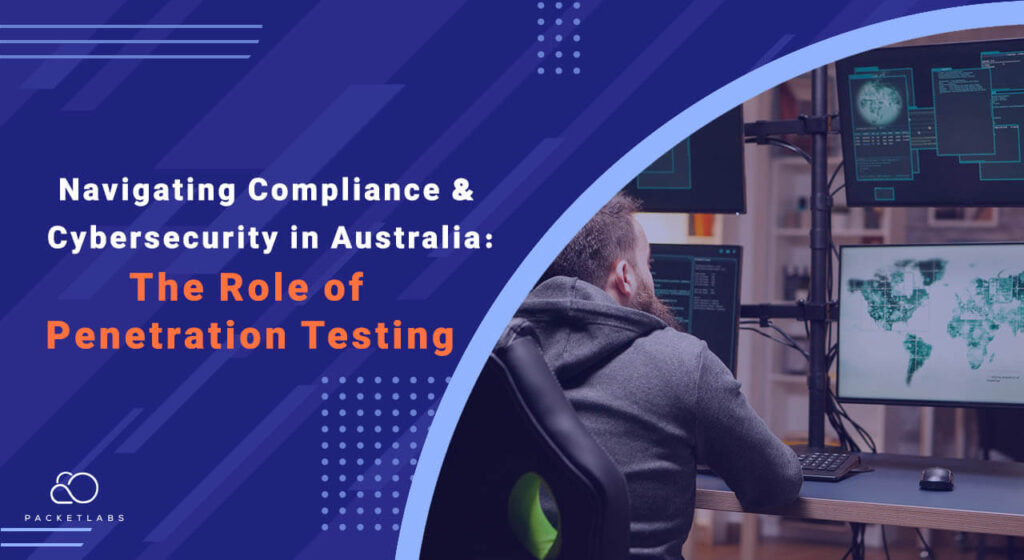
In the rapidly evolving digital landscape, Australian organisations face the dual challenge of adhering to stringent cybersecurity compliance standards while safeguarding their digital assets. This dynamic environment underscores the critical need for robust cybersecurity measures. Penetration testing, a proactive security assessment approach, plays a pivotal role in helping Australian organisations navigate these compliance requirements while bolstering their cyber defences. This article delves into the specifics of Australian cybersecurity compliance and highlights the vital role of penetration testing in meeting these demands.
The Rising Importance of Cybersecurity Compliance
In today’s digital era, cybersecurity compliance is not just a legal obligation but also a business imperative. Data breaches and cyber-attacks not only lead to financial losses but also damage trust and reputation, which are critical to business sustainability. Hence, Australian organisations must ensure that their cybersecurity measures are up to par with regulatory requirements.
Strategic Penetration Testing for Compliance & Security
Penetration testing emerges as a strategic tool in this context. By simulating cyber-attacks, penetration testing helps organisations identify vulnerabilities in their systems before they can be exploited maliciously.
Strategies Penetration Testing
1.Enhancing Cybersecurity Posture
Penetration testing provides a real-world assessment of an organisation’s cybersecurity defences, revealing weaknesses and enabling the implementation of stronger security measures. This proactive approach is crucial in a landscape where cyber threats are continually evolving.
2. Ensuring Compliance
Moreover, penetration testing is instrumental in ensuring compliance with Australian cybersecurity regulations. By identifying and addressing vulnerabilities, organisations can demonstrate their commitment to protecting customer data, thus adhering to legal requirements.
3. Tailored Security Solutions
Furthermore, given the unique cybersecurity challenges faced by different industries, penetration testing offers customised solutions. It allows organisations to develop and implement security strategies that are specifically tailored to their operational needs and regulatory obligations.
4. Building a Culture of Cybersecurity Awareness
Additionally, regular penetration testing fosters a culture of cybersecurity awareness within organisations. It underscores the importance of security in every aspect of operations and encourages continuous improvement in cybersecurity practices.

Implementing Penetration Testing Effectively
For effective penetration testing in the Australian context, several best practices should be followed:
1. Engage with Reputable Cybersecurity Experts
Collaborating with experienced cybersecurity professionals who understand the Australian regulatory landscape is vital.
2. Conduct Regular and Comprehensive Testing
Continuous and thorough testing is essential given the dynamic nature of cyber threats and regulatory changes.
3. Utilise Test Results for Continuous Improvement
The insights gained from penetration tests should be used to make ongoing improvements to cybersecurity strategies
4. Educate and Train Staff
Beyond technical measures, educating and training staff in cybersecurity best practices is crucial for maintaining a secure organisational environment.
In summary, as Australian organisations navigate the complexities of cybersecurity compliance, penetration testing stands out as a critical tool. It not only ensures adherence to regulatory standards but also strengthens overall cyber defences. By embracing penetration testing, Australian organisations can protect their digital assets, maintain customer trust, and enhance their reputation in a highly connected and regulated digital world.
